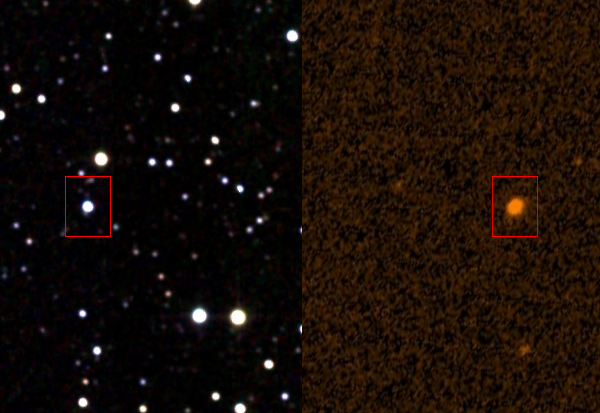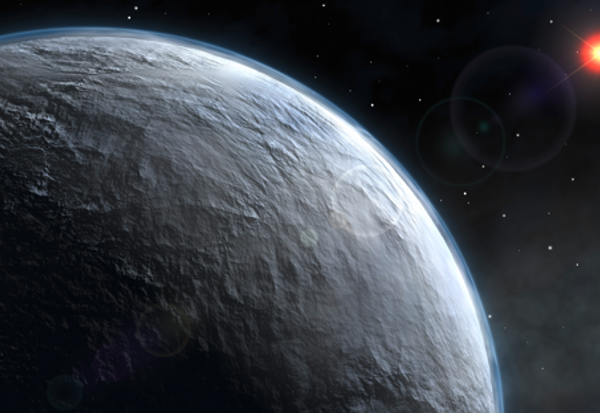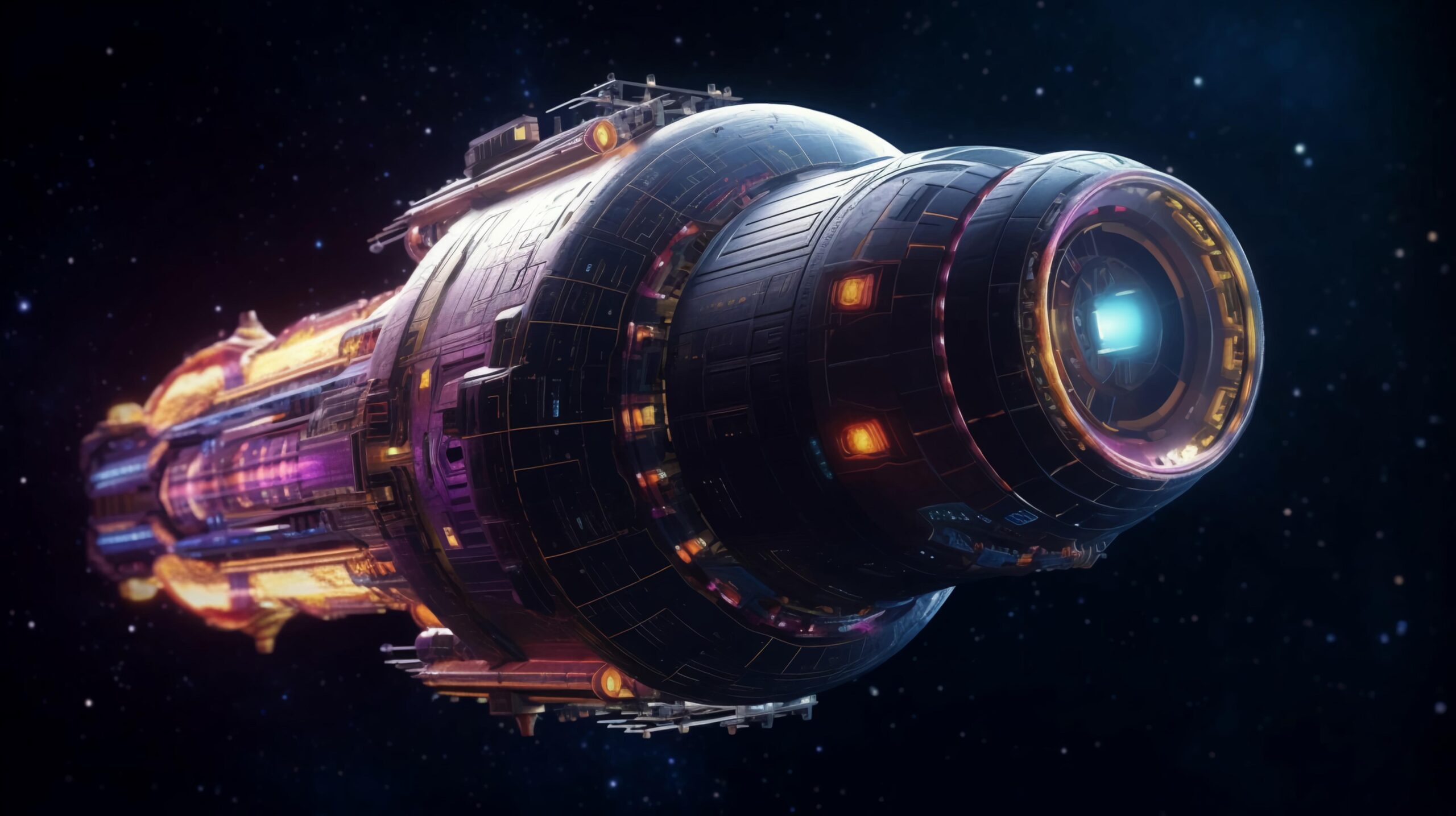The idea of exploring the vastness of our galaxy, the Milky Way, has intrigued scientists and science fiction writers alike for centuries. One of the most promising theoretical concepts for achieving this colossal task is the use of Von Neumann probes, named after the pioneering mathematician and physicist John von Neumann. These probes offer an efficient, long-term solution to interstellar exploration, potentially enabling humanity to gather data across the galaxy without the need for large-scale human missions.
What Are Von Neumann Probes?
A Von Neumann probe is a theoretical, self-replicating machine. The core idea is that a probe could be launched to a distant star system, where it would use local resources to build copies of itself. These new probes would then continue on to other star systems, repeating the process exponentially. Over time, a single probe could give rise to a vast fleet of machines, capable of exploring the entire galaxy much faster than human missions ever could.
These probes are essentially autonomous, equipped with the ability to:
- Mine raw materials: Using resources from asteroids, planets, or moons to build replicas of themselves.
- Self-repair and reproduce: Capable of fixing damage and creating new probes.
- Conduct scientific research: Equipped with instruments to analyze stars, planets, and interstellar phenomena.
- Transmit data back to Earth: Via advanced communication systems, they would send their findings to humanity.
The Exponential Exploration
One of the most intriguing aspects of Von Neumann probes is their exponential growth potential. Suppose each probe takes a few years to travel to the nearest star and build two copies of itself. Initially, you have one probe. After a few years, you have three: the original plus two copies. In the next few years, each of these three builds two more, and so on.
This exponential growth means that the number of probes would increase rapidly. Within a relatively short period (on cosmic timescales), they could spread across the entire Milky Way. Even with the immense distances between stars, the exponential replication means that in just a few million years, a swarm of probes could visit every star system in the galaxy. Compared to current technologies that would take tens of thousands of years to even leave our stellar neighborhood, Von Neumann probes represent an extremely efficient means of exploration.
Resource Utilization
One of the primary challenges in space exploration is resource scarcity. Sending large amounts of fuel or materials into space is costly and impractical. Von Neumann probes, however, sidestep this issue by utilizing in-situ resource utilization (ISRU). Once a probe arrives at a new star system, it can mine materials from asteroids, comets, or even moons and planets. These materials would be used to manufacture additional probes, fuel, and repair parts.
Each star system could provide sufficient materials to build multiple new probes. The concept relies heavily on our advancements in nanotechnology and robotics. Tiny, highly efficient machines would need to break down raw materials at the molecular level, constructing sophisticated electronics, engines, and scientific instruments with minimal human intervention.
Challenges and Feasibility
Though the concept of Von Neumann probes is exciting, there are several key challenges to overcome before they can become a reality:
- Technological Complexity: The level of technology required for a self-replicating probe is far beyond what we currently possess. We would need advancements in autonomous AI, nanotechnology, and robotics for probes to efficiently build copies of themselves.
- Ethical Concerns: There’s the potential for a “grey goo” scenario, where self-replicating machines get out of control and begin consuming resources indiscriminately. A failure in the probe’s programming could lead to a runaway process that destroys rather than explores.
- Interstellar Travel: Traveling to other stars presents its own challenges. While fusion or antimatter propulsion systems are often suggested, we have yet to develop such technologies. Even with advanced propulsion, reaching other stars would take decades, if not centuries.
- Communication Delay: With distances of light-years between star systems, communicating with the probes in real-time would be impossible. This requires them to function with a high level of autonomy, making decisions without human input.
- Energy Requirements: Gathering and storing energy in the harsh environments of space is another challenge. Solar panels, fusion reactors, or other advanced energy systems would be needed for the probes to mine, build, and communicate.
The Role of Von Neumann Probes in Galactic Exploration
If we overcome the technical and ethical hurdles, Von Neumann probes could serve as the backbone of our galactic exploration efforts. The Milky Way contains hundreds of billions of stars, many of which likely host planets. Probes could investigate these worlds for signs of life, resources, or potentially habitable environments for future human settlement.
This method of exploration would allow humanity to gather vast amounts of data about the galaxy without ever leaving our own solar system. We could learn about the history of the galaxy, the formation of stars, and the potential for extraterrestrial life. The data transmitted by these probes would be invaluable in shaping our understanding of the universe.
Conclusion: Humanity’s Gateway to the Stars
Von Neumann probes offer an elegant and highly efficient solution to the daunting challenge of exploring the Milky Way. While still theoretical, the idea taps into the vast potential of automation, self-replication, and resource utilization. By using such probes, humanity could explore the galaxy on timescales that are currently unimaginable, unlocking the secrets of the stars without leaving Earth.
Though we are still a long way from building and launching a Von Neumann probe, the concept represents a vision of the future where our reach extends far beyond the confines of our home planet. As our technology progresses, the idea of sending fleets of self-replicating explorers into the galaxy might one day move from the realm of science fiction to scientific reality.





